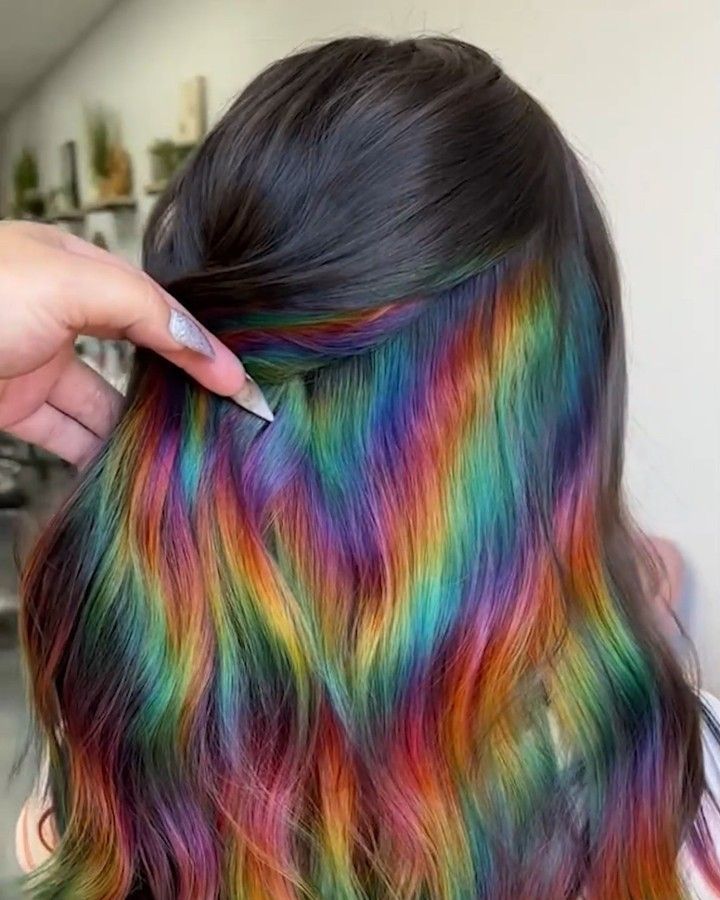Understanding Hair Coloring
Hair coloring has become a popular choice for individuals looking to change or enhance their hair’s natural color. Whether it’s covering grays, experimenting with a new look, or simply wanting to boost confidence, there are various benefits and considerations to keep in mind.
Benefits of Hair Coloring
- Enhanced Appearance: One of the primary reasons people opt for hair coloring is to enhance their appearance. It allows individuals to express their personal style and achieve a look that complements their features.
- Covering Gray Hair: As people age, gray hair is a natural occurrence. Hair coloring provides a quick and effective way to cover grays, restoring a more youthful appearance.
- Versatility: With a wide range of colors and shades available, hair coloring offers versatility. Whether you prefer subtle highlights or bold, vibrant colors, there’s an option to suit every preference.
- Boost in Confidence: Changing your hair color can boost self-esteem and confidence. It often leads to a renewed sense of self and can positively impact how individuals perceive themselves.
Types of Hair Coloring
Hair coloring products come in various forms, each offering unique benefits and application methods:
- Permanent Hair Color: Provides long-lasting results and covers grays effectively.
- Semi-Permanent Hair Color: Offers temporary color that gradually fades over time, ideal for experimenting with new shades.
- Highlights and Lowlights: Adds dimension to hair by lightening or darkening specific sections.
- Natural and Organic Hair Dyes: Utilize plant-based ingredients for those seeking more natural options.
Potential Drawbacks
While hair coloring offers numerous benefits, it’s essential to consider potential drawbacks:
- Damage to Hair: Frequent coloring can lead to dryness and damage, especially if not properly maintained.
- Allergic Reactions: Some individuals may experience allergic reactions to hair coloring chemicals. It’s crucial to perform a patch test before application.
- Maintenance: Keeping up with roots and color upkeep requires time and effort. Regular touch-ups may be necessary to maintain desired results.
- Color Fading: Depending on the type of hair color used, fading can occur over time due to washing and exposure to sunlight.
Choosing the Right Hair Color
Consultation with a Professional
To achieve the best results and minimize potential risks, consider consulting with a professional hair colorist. They can offer personalized recommendations based on your hair type, skin tone, and desired outcome.
Factors to Consider
- Skin Tone: Certain hair colors complement specific skin tones better than others.
- Hair Condition: The current condition of your hair influences how it will react to coloring treatments.
- Maintenance: Factor in the level of maintenance you’re willing to commit to before choosing a color.
Choosing the Right Hair Color
Hair coloring is a versatile option for transforming your appearance and boosting confidence. By understanding the benefits, types, potential drawbacks, and considerations for choosing the right color, you can make informed decisions about coloring your hair. Whether it’s a subtle change or a bold statement, hair coloring allows for endless possibilities in personal style and self-expression.


